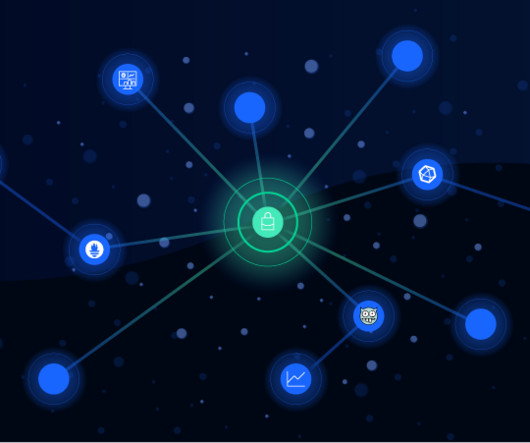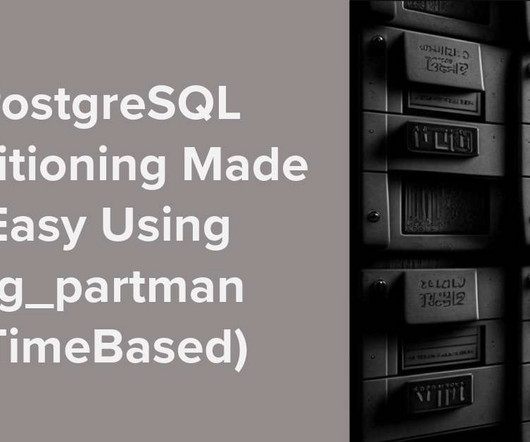Dynatrace delivers flexible and scalable Kubernetes native synthetic private locations
Dynatrace
MAY 24, 2023
Large enterprises face different challenges A well-described synthetic check can reduce, and in many cases avoid, unforeseen downtime due to failure domains by replicating the expected user journey and measuring its performance. CAGR in the forecasted period ending 2030. For large enterprises, this is not even a consideration.












Let's personalize your content